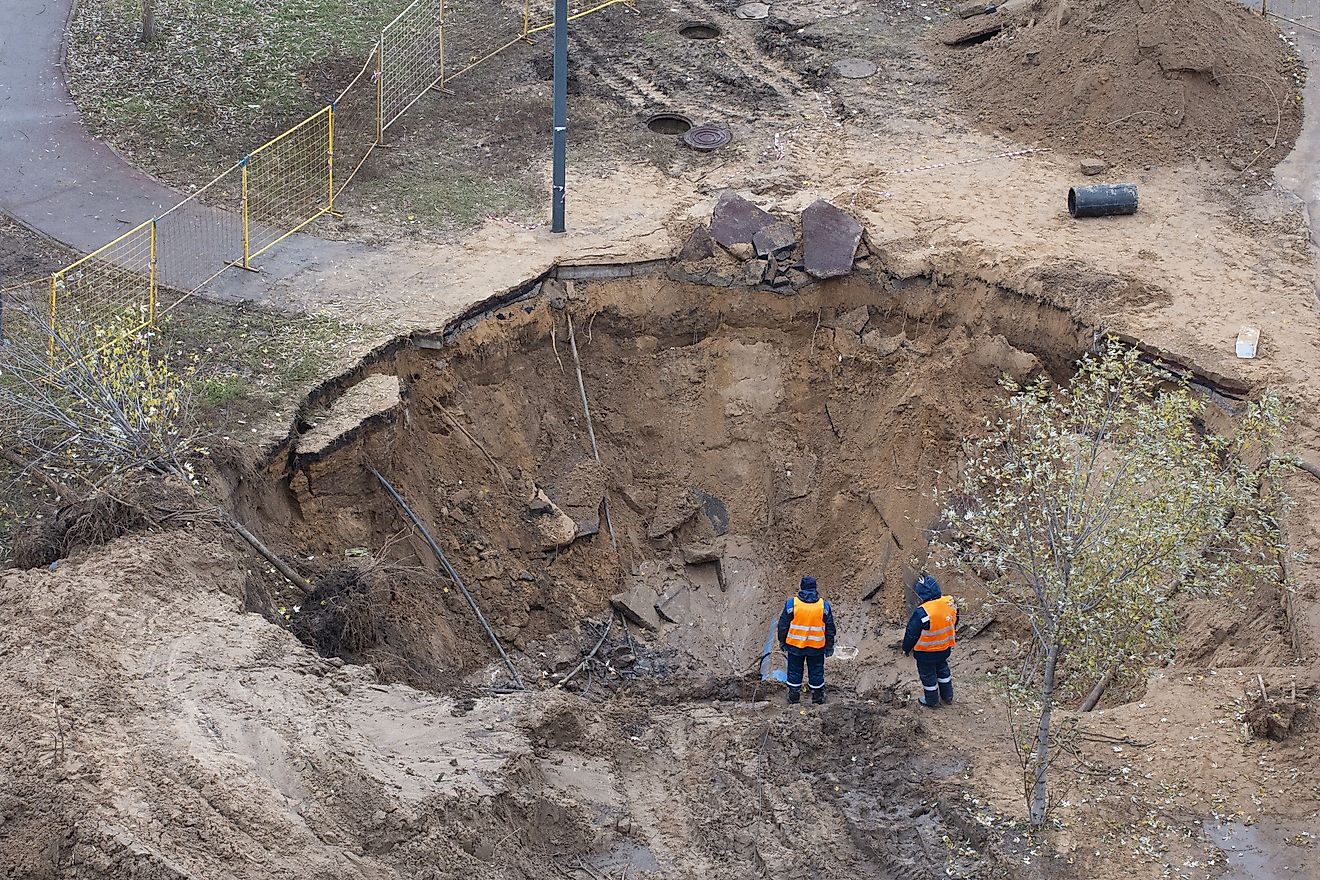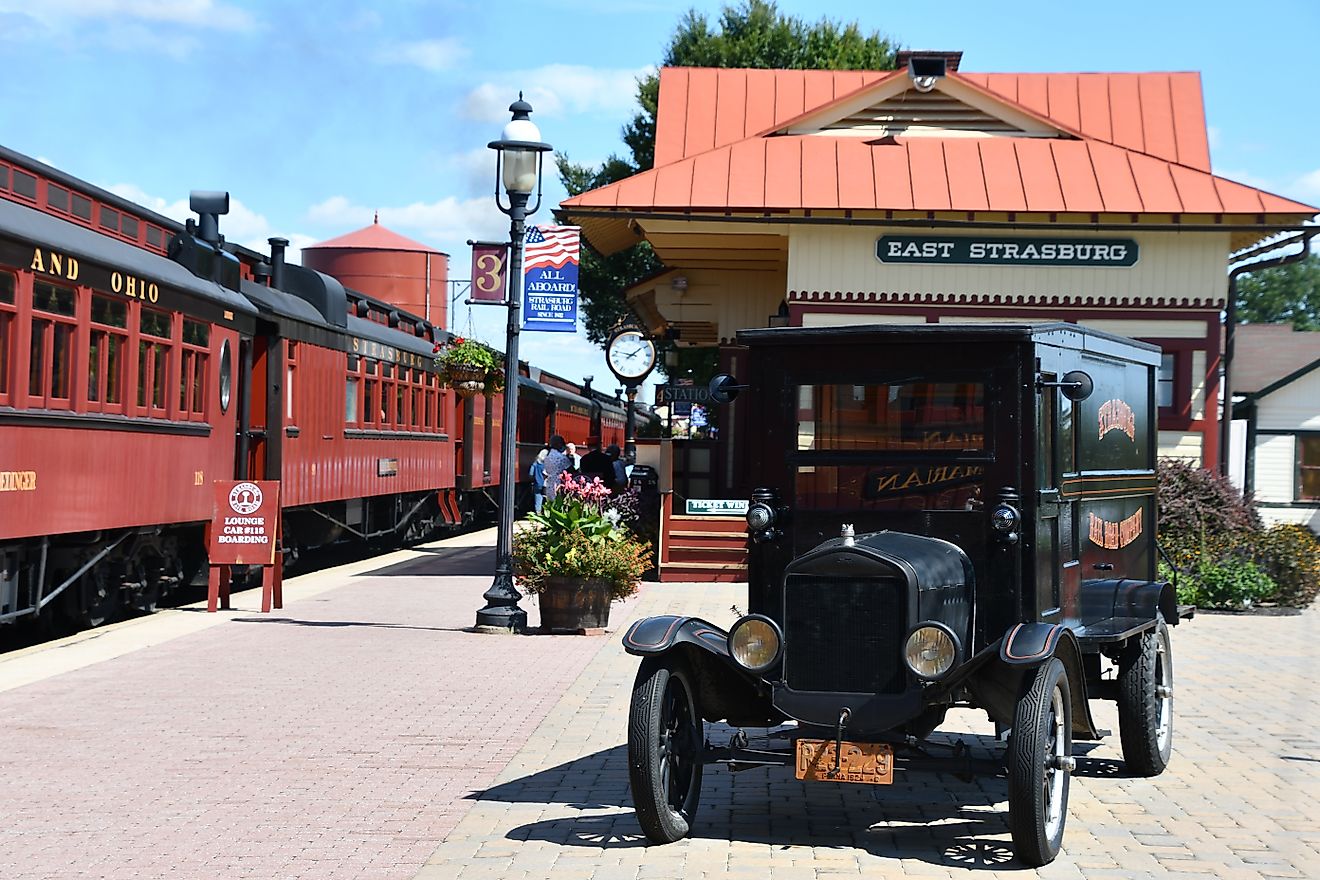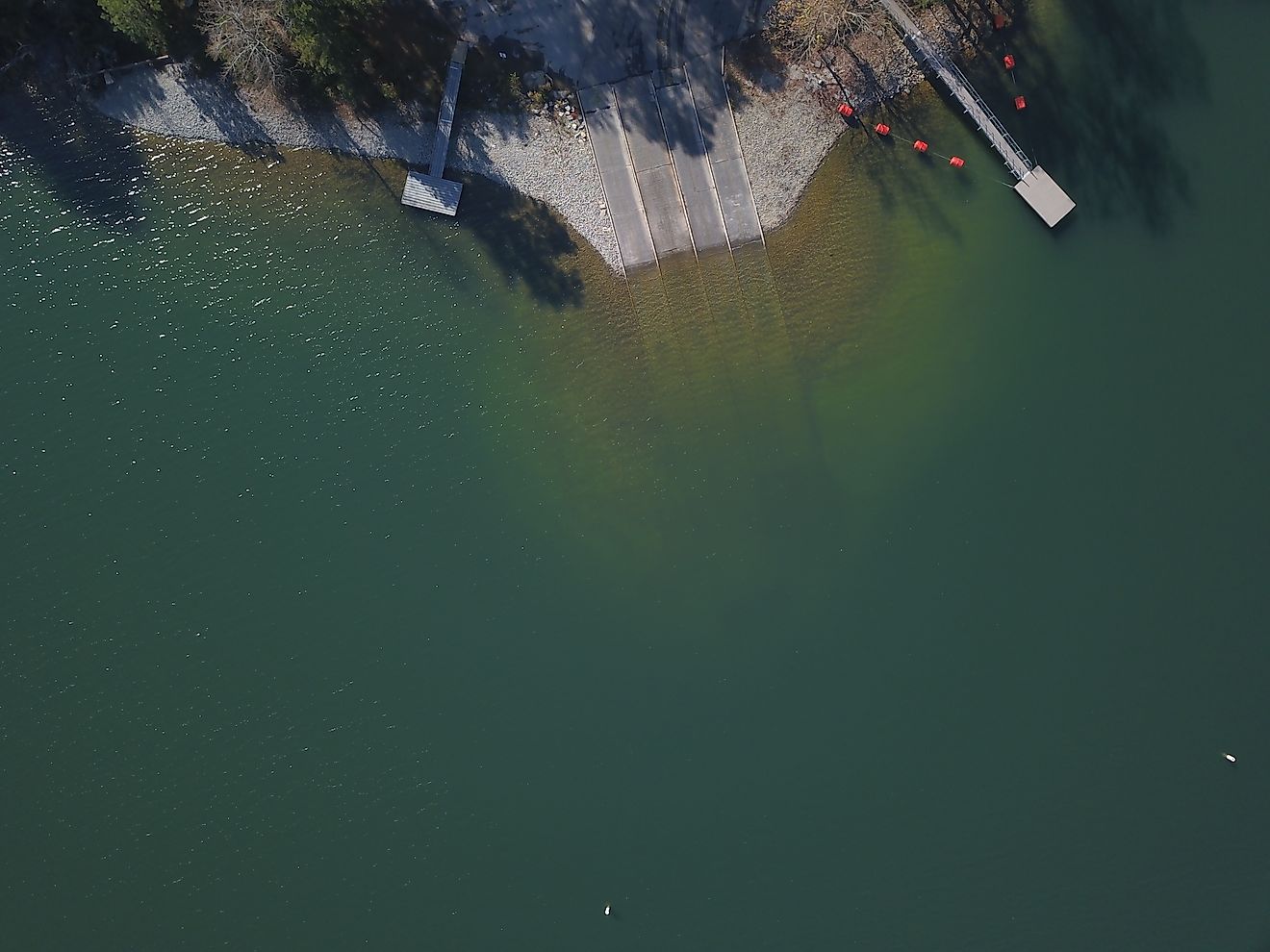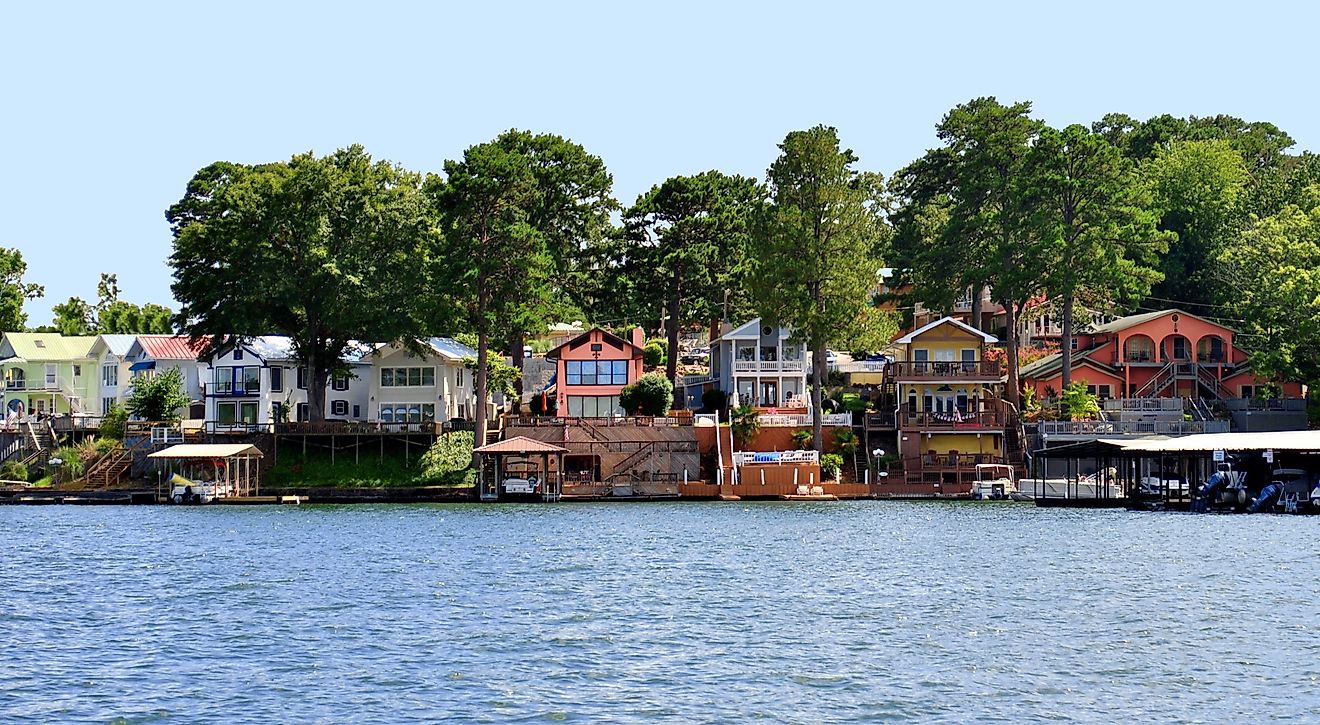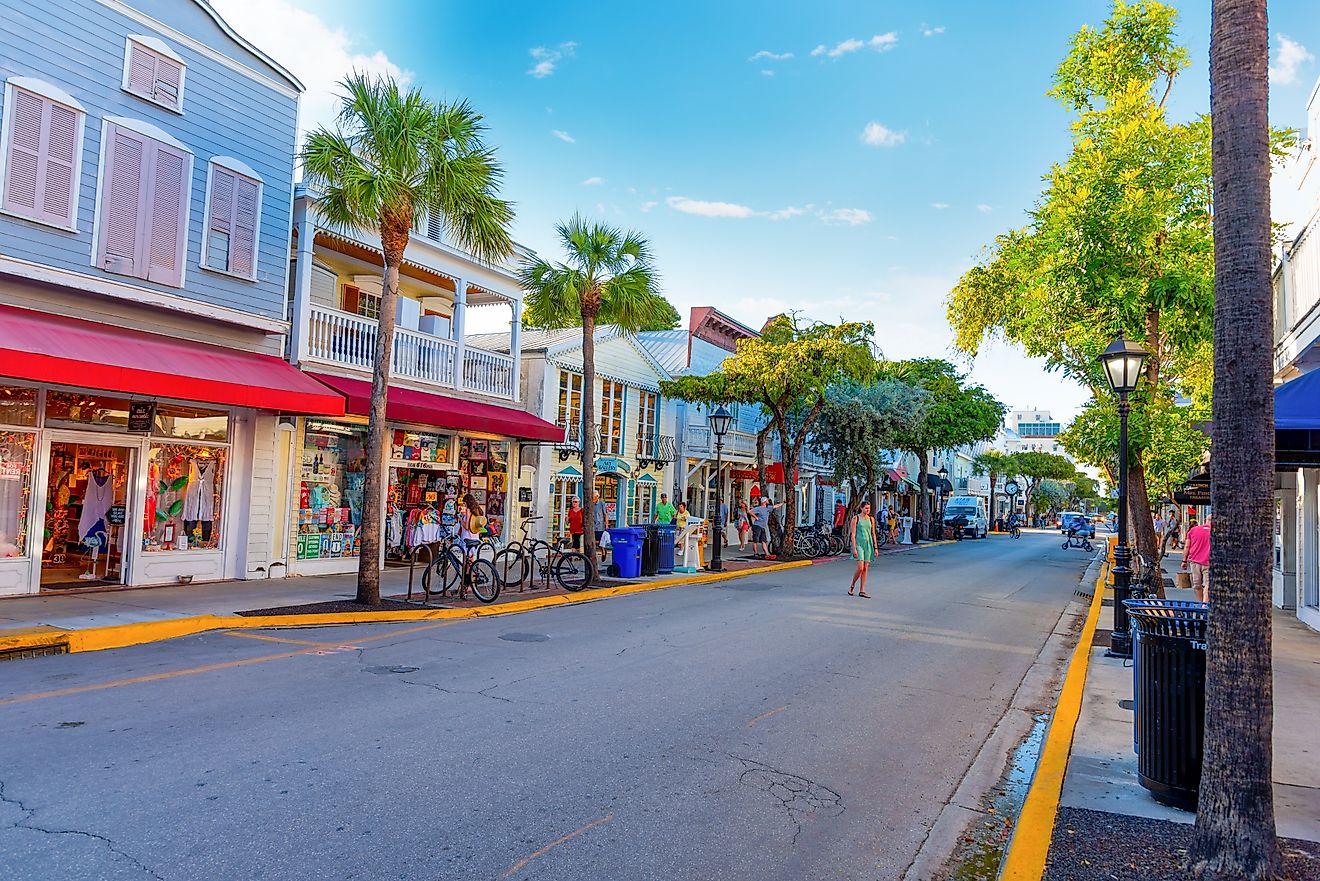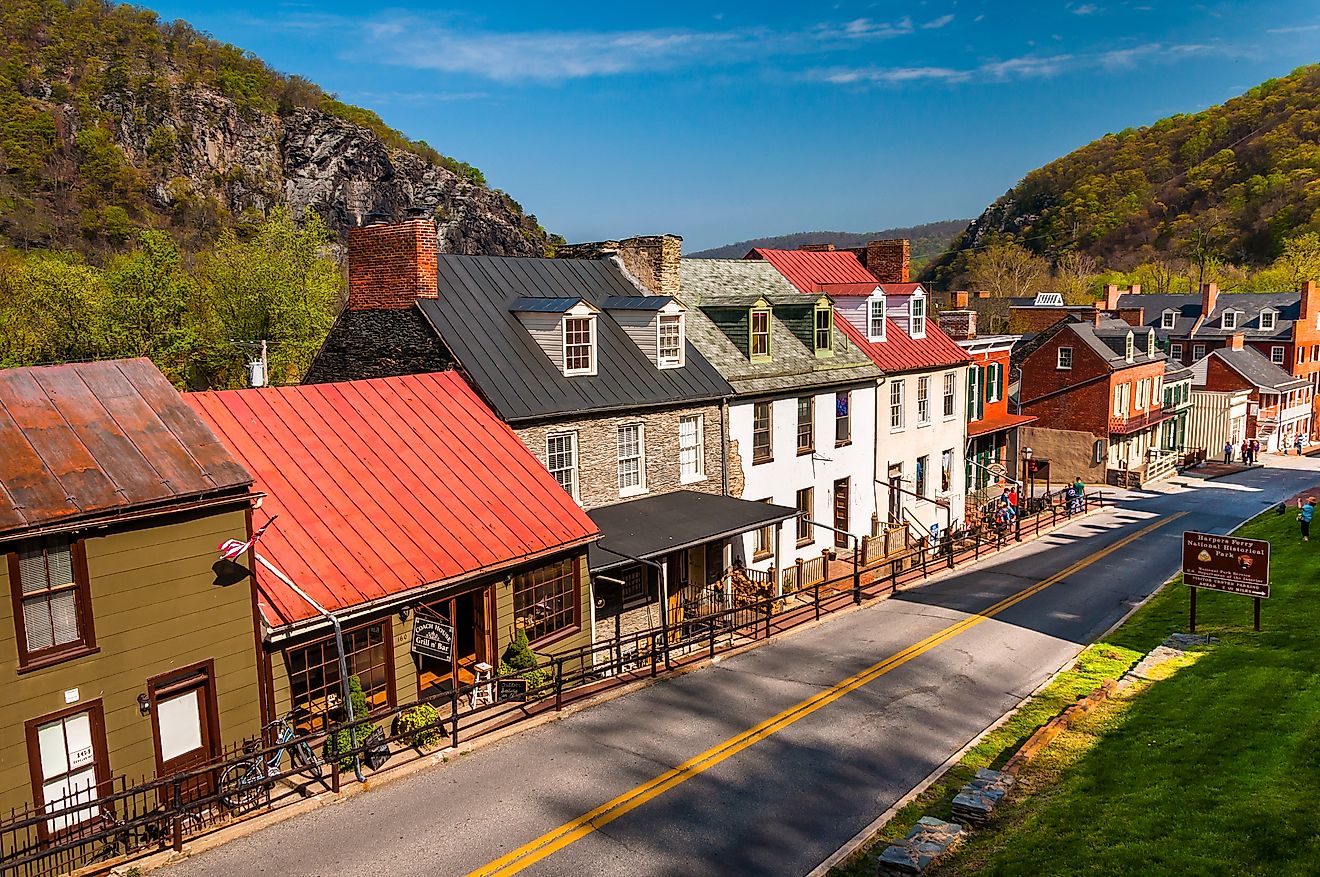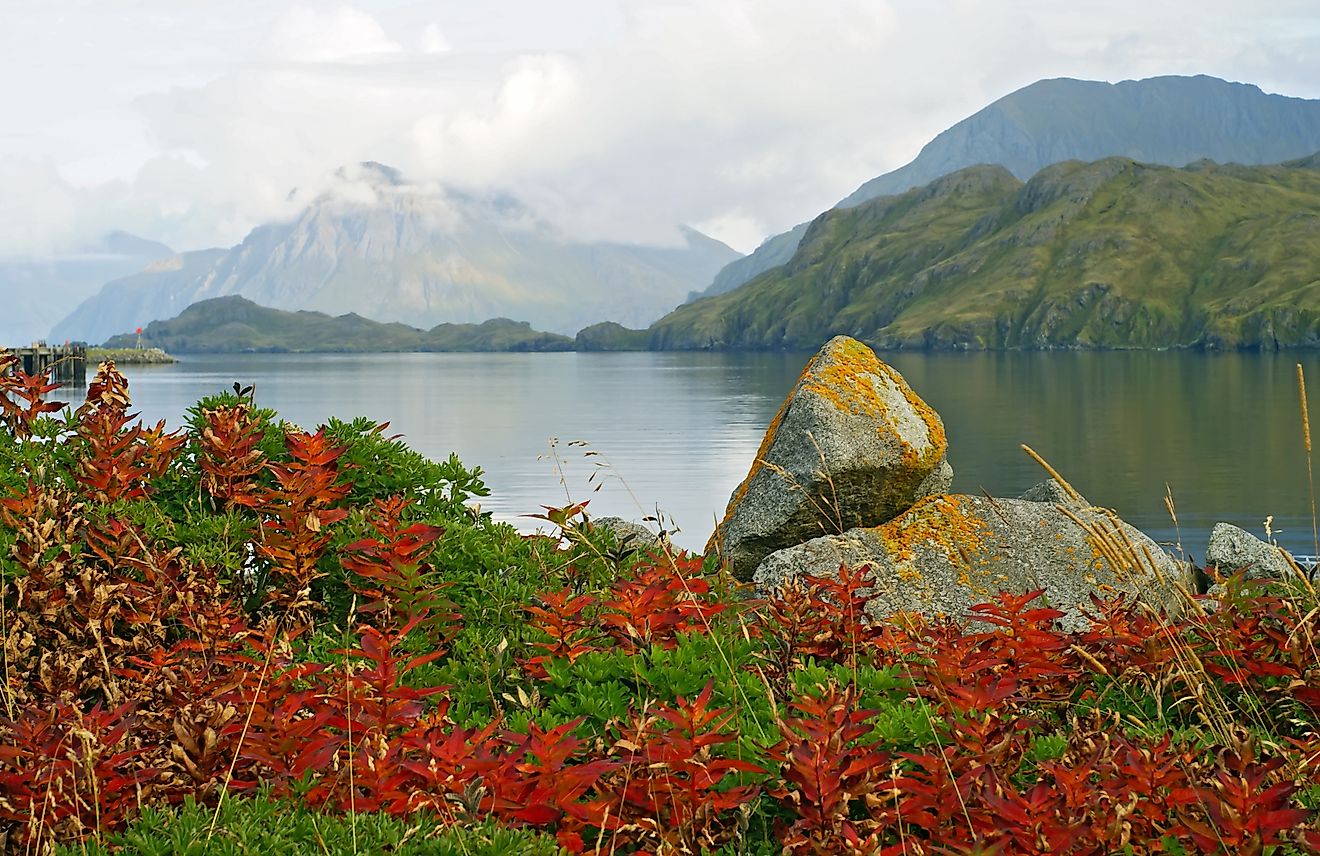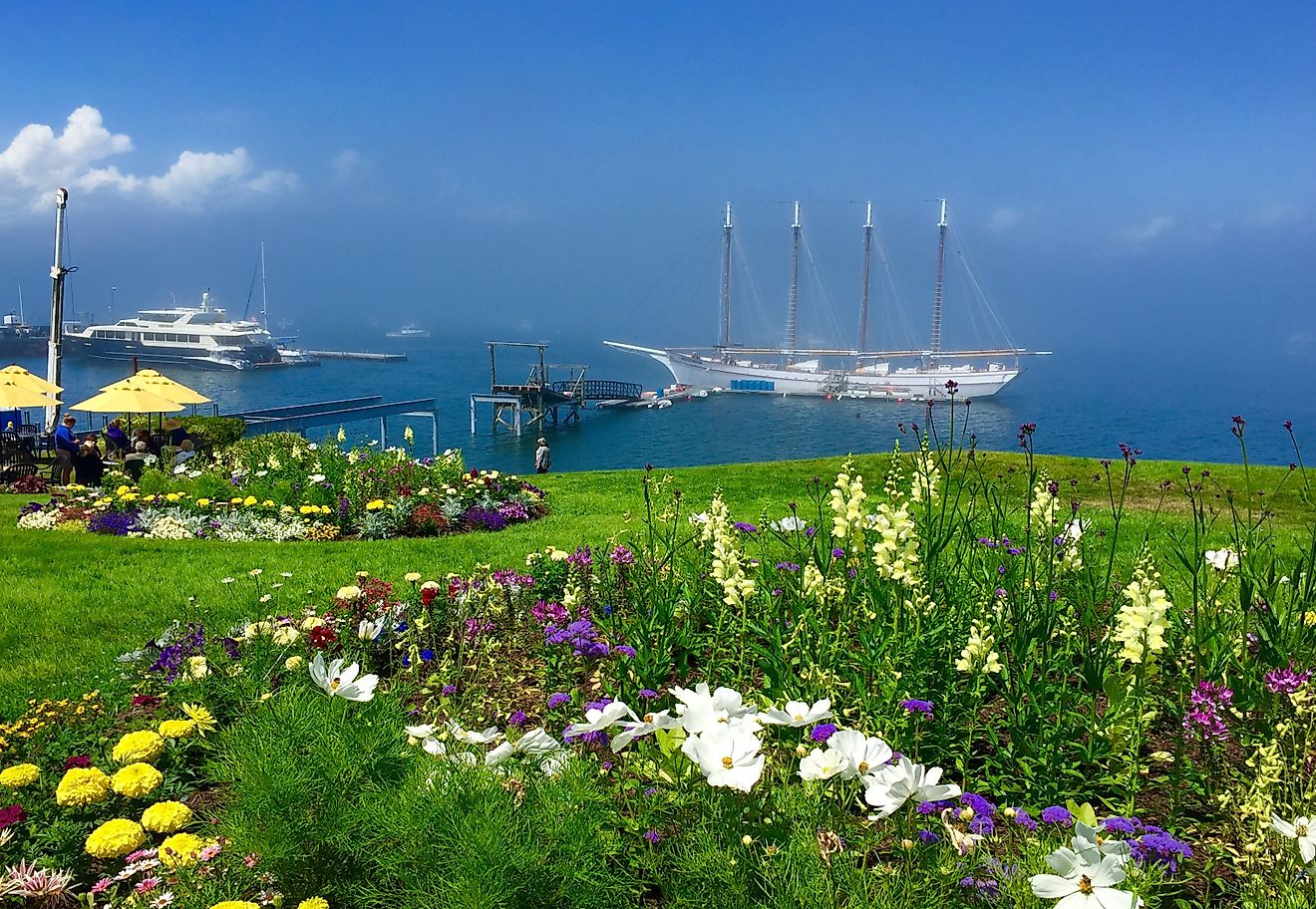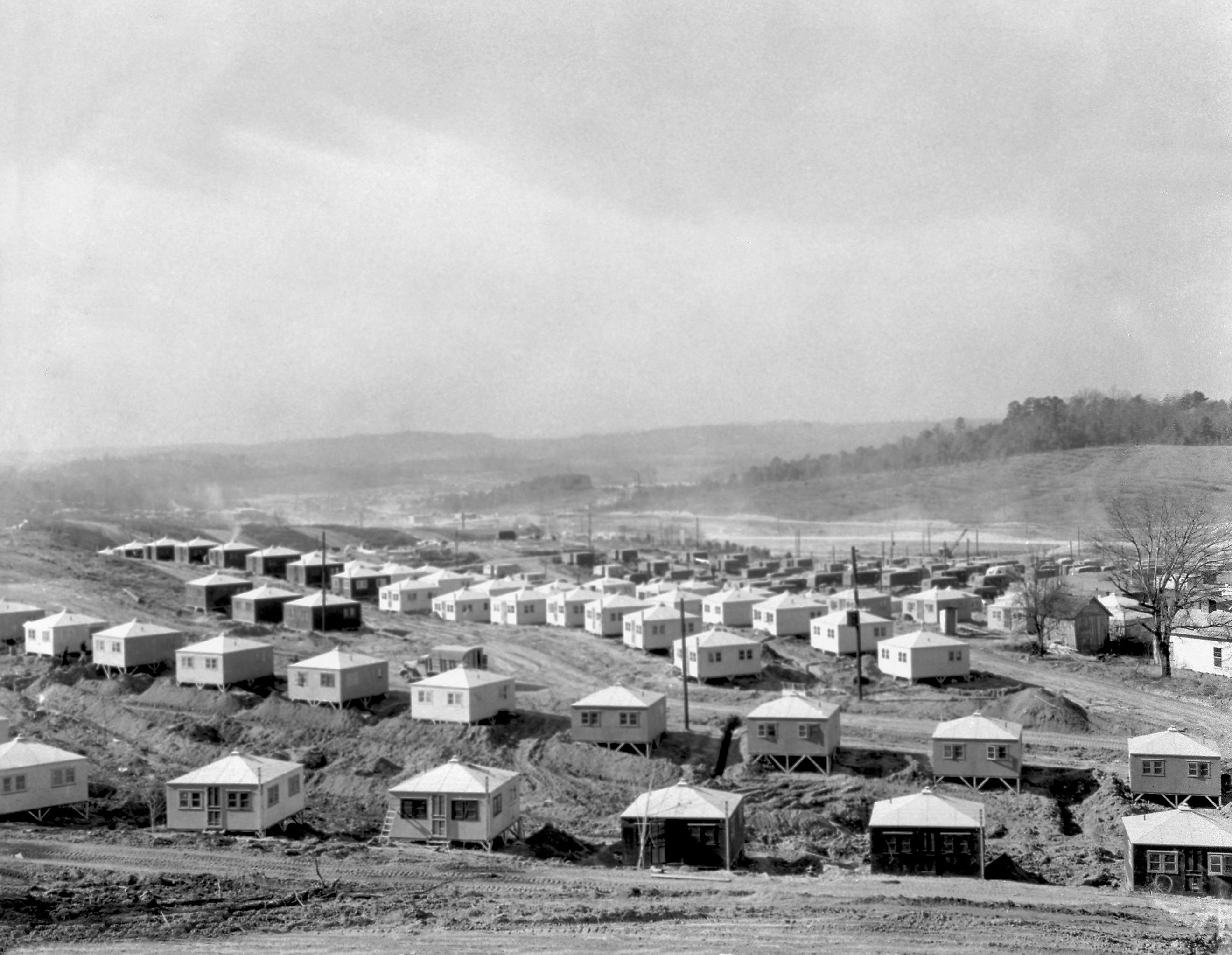
Secret Cold War Towns Hidden in Plain Sight
The Cold War was fought not only in the halls of Washington, Moscow, and the United Nations but also in small, ordinary-looking towns across America. Some of these places were so secret that they did not appear on maps. Others looked like quiet suburbs or industrial centers but housed massive government projects or nuclear facilities. Today, many of these Cold War towns are still active communities, while others have been repurposed into museums, research hubs, or ghostly reminders of a high-stakes era.
So what exactly makes a town a “Cold War town”? These were places built or reshaped specifically for defense, intelligence, or nuclear projects between the 1940s and 1980s. The government often disguised their true purpose under layers of secrecy. Residents signed nondisclosure agreements, guarded fences kept outsiders away, and even families were sometimes unaware of what their loved ones were working on.
Here are some of the most fascinating secret Cold War towns hidden in plain sight, each with a unique story that reveals just how deeply the Cold War reached into everyday America.
Oak Ridge, Tennessee
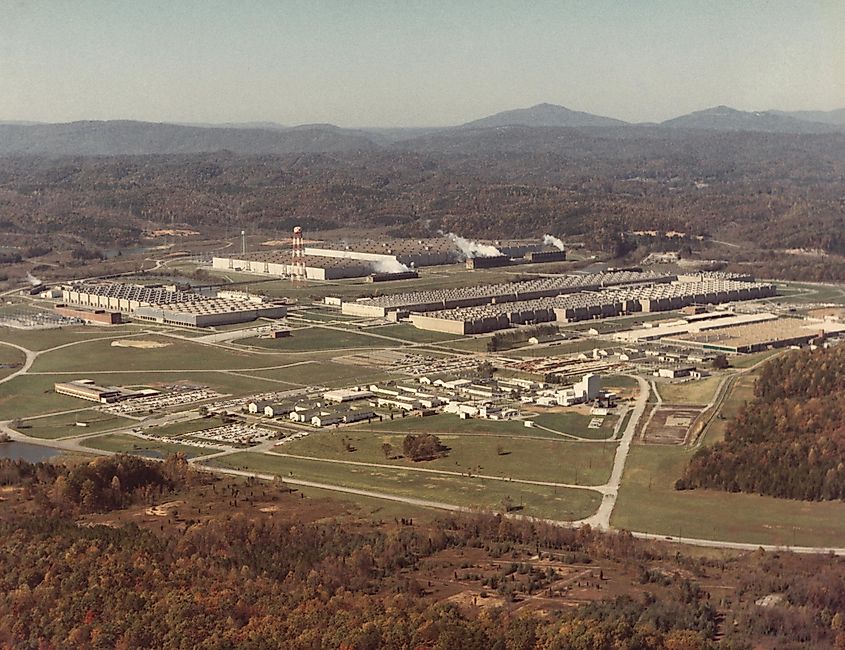
Oak Ridge might look like a regular Tennessee town now, but in the 1940s it was one of the most secretive places in the United States. Known as the “Atomic City,” Oak Ridge was created almost overnight as part of the Manhattan Project. Tens of thousands of people moved there to work on uranium enrichment, but most had no idea what they were really working on until the bombs dropped on Hiroshima and Nagasaki.
During the Cold War, Oak Ridge remained a hub of nuclear research and production. The sprawling Oak Ridge National Laboratory and Y-12 National Security Complex played a central role in America’s nuclear arsenal.
Oak Ridge is still a research powerhouse, but its secretive past is preserved at the American Museum of Science and Energy. Visit the K-25 History Center and learn about the once-classified facilities that defined this hidden city.
Los Alamos, New Mexico
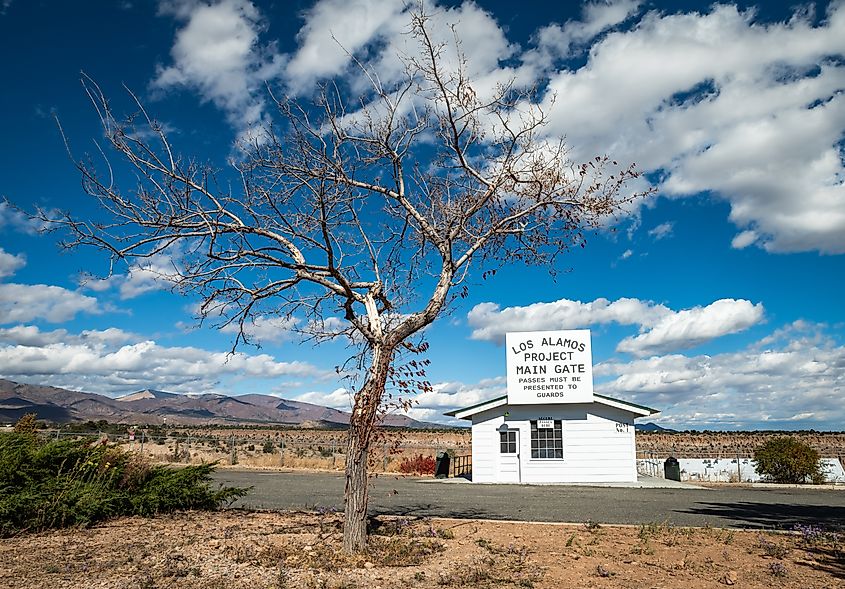
Los Alamos is another town born out of the Manhattan Project. Located on a high plateau in northern New Mexico, Los Alamos started as a top-secret laboratory where scientists such as J. Robert Oppenheimer worked to design the atomic bomb.
During the Cold War, Los Alamos National Laboratory expanded into a massive research complex, responsible for everything from nuclear weapons design to high-energy physics. The town itself was closed to the public until 1957. Residents needed badges to enter and leave, and even mail was censored to protect secrets.
Today, Los Alamos has shed its barbed-wire image and is an active community of scientists, families, and tourists. Walk through the Bradbury Science Museum, which tells the story of the Manhattan Project and Cold War innovations, and hike the beautiful surrounding canyons that once hid some of the world’s most powerful secrets.
Richland, Washington
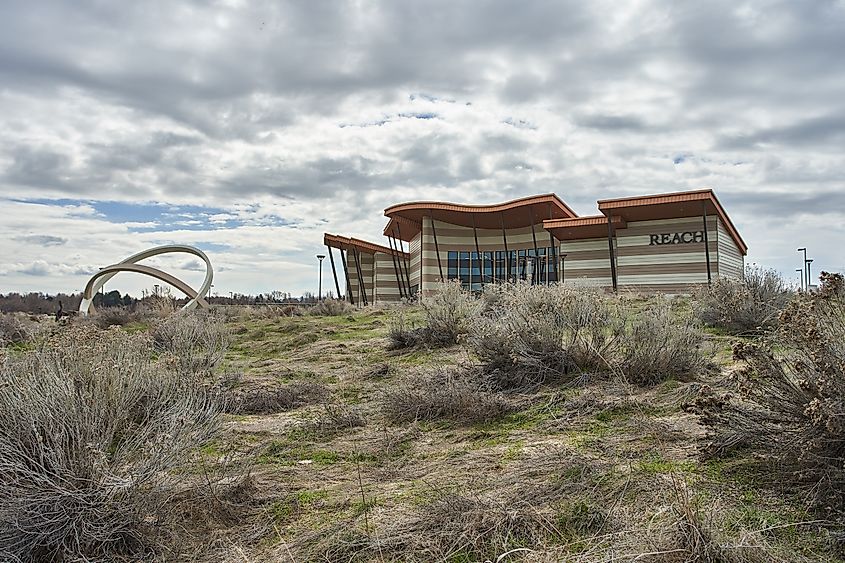
On the banks of the Columbia River lies Richland, a town that looks quiet at first glance but carries a powerful past. During World War II, it became one of the three primary Manhattan Project communities, paired with the massive Hanford Site just outside its borders. While Oak Ridge worked with uranium, Hanford’s mission was plutonium. In fact, the plutonium used in the bomb dropped on Nagasaki was produced here.
Throughout the Cold War, Richland’s identity remained inseparable from nuclear production. The Hanford Site grew into one of the largest nuclear facilities in the world, continuing to produce plutonium for decades. Much of the work was classified, yet residents took pride in their contribution to what they believed was critical to national defense.
Richland acknowledges its Cold War legacy while contending with the massive environmental cleanup left behind. Explore the B Reactor National Historic Landmark, the world’s first large-scale nuclear reactor, where exhibits and guided tours reveal how ordinary workers in this small town shaped global history. The community has also developed museums, memorials, and educational programs that highlight both the scientific breakthroughs and the personal stories intertwined with the Hanford Site.
Arco, Idaho
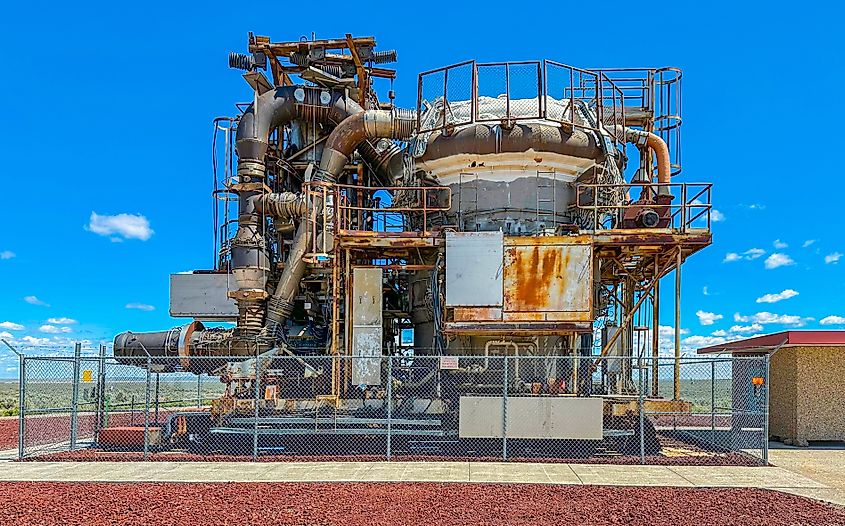
Arco might not be a household name, but this Idaho town played an outsized role in Cold War history. On July 17, 1955, Arco became the first town in the world to be powered entirely by nuclear energy, even if only for about an hour. The nearby Idaho National Laboratory served as a key testing ground for nuclear reactor technology, much of it tied to Cold War military projects.
During this era, experimental reactors were designed, tested, and sometimes catastrophically failed in the Idaho desert. One such accident in 1961 at the SL-1 reactor remains the only fatal reactor incident in US history.
Today, you can see the Experimental Breeder Reactor-I (EBR-I), now a museum that showcases early nuclear innovation. It is a strange blend of small-town America and world-changing science tucked away in the high desert.
Livermore, California
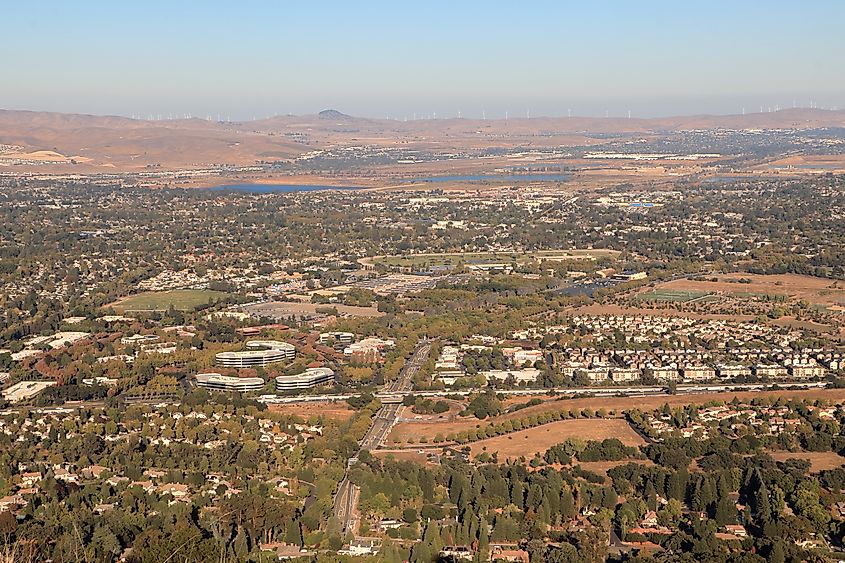
Livermore is often associated with rolling vineyards and its suburban charm, yet during the Cold War it stood at the forefront of American science. The Lawrence Livermore National Laboratory, established in 1952, quickly became a critical site for nuclear weapons research and design.
While not as hidden as some other Cold War towns, much of Livermore’s work remained behind a veil of secrecy. Scientists here developed thermonuclear weapons and advanced defense technologies that shaped US military strategy throughout the mid-20th century.
The city still carries that scientific legacy. The laboratory now leads projects like the National Ignition Facility, which pushes the boundaries of fusion energy research. Though the lab itself remains off-limits, Livermore balances its reputation as both a wine country destination and a hub of innovation, where science and culture meet in unexpected ways.
Greenbrier, West Virginia
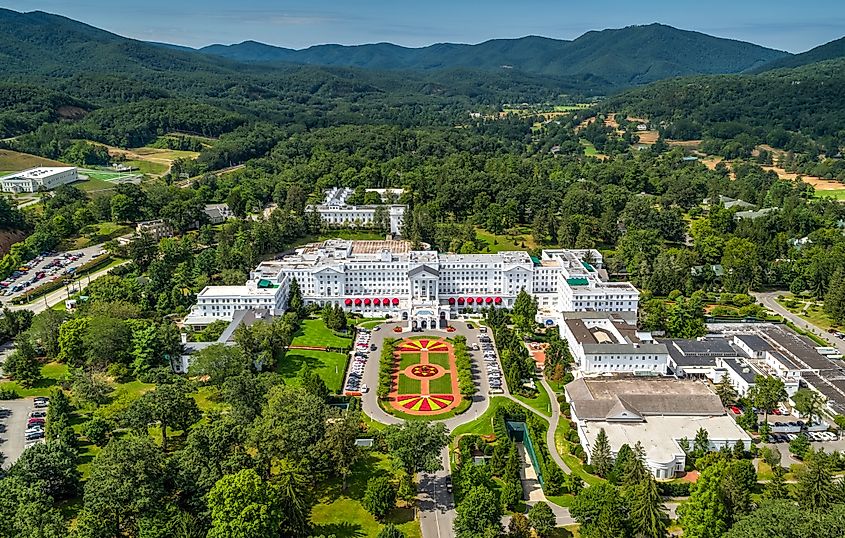
Not all Cold War “towns” were entire cities. Some were hidden within familiar landmarks. Beneath the elegant Greenbrier Resort in White Sulphur Springs, West Virginia, lies one of the most surprising Cold War relics in America: a massive underground bunker designed to house the US Congress in case of nuclear attack.
The bunker, built in the late 1950s, was kept secret for over 30 years. Few of the resort’s guests had any idea they were sleeping above a fully operational fallout shelter. The facility included dormitories, a broadcast studio, and enough supplies to keep Congress functioning for months.
The secret was finally revealed by a Washington Post exposé in 1992, and today, there are guided tours of the bunker. It remains one of the most surreal Cold War destinations, where luxury and survival once intersected.
Wendover, Utah
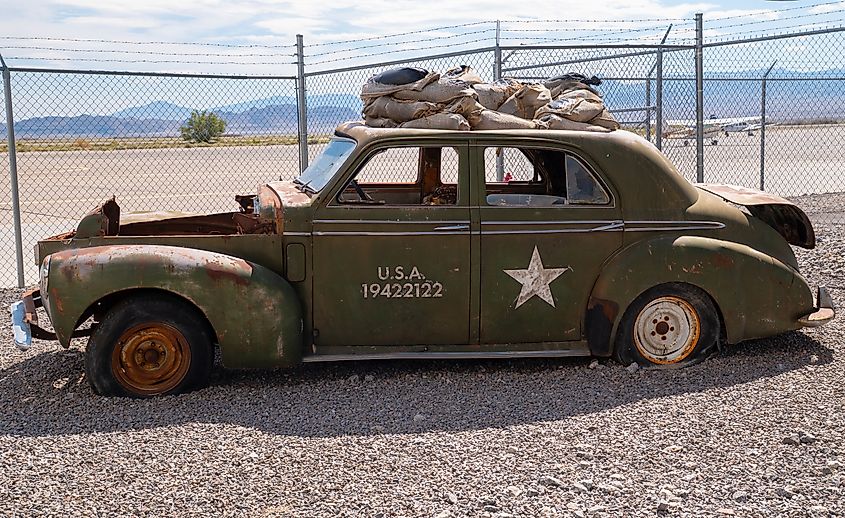
Wendover, a quiet desert town on the Utah-Nevada border, was built as a World War II air base and later became an important military hub during the Cold War. The surrounding desert offered the ideal proving ground for aircraft, missile experiments, and classified projects hidden from public view.
Its most significant claim to history came earlier, as the training site for the crews who carried out the atomic bomb missions in Japan. In the decades that followed, Wendover continued to test cutting-edge weapons and technologies that defined the Cold War era.
Today, the Historic Wendover Airfield preserves that legacy. Restored hangars, exhibits, and artifacts offer a glimpse into the years when this isolated desert outpost played a central role in shaping global events.
Mercury, Nevada
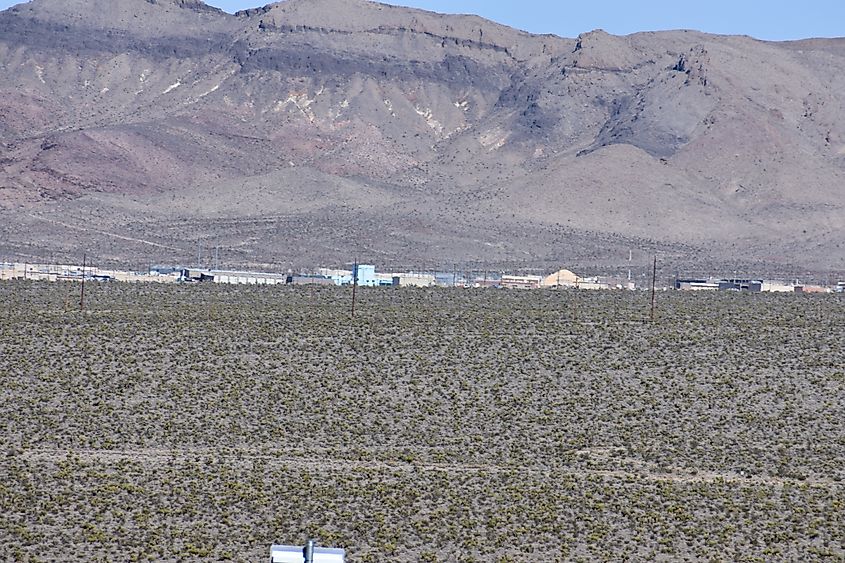
Few places capture the intensity of the Cold War like Mercury, Nevada. Built as a base camp for the Nevada Test Site, Mercury housed thousands of scientists, engineers, and military personnel who worked on nuclear weapons testing. Between 1951 and 1992, over 900 nuclear tests were conducted at the site.
Mercury itself was a closed community, complete with housing, a school, and recreation for workers. From the outside, it looked like an ordinary desert outpost, but inside it was one of the most important towns of the Cold War.
Although Mercury is not open to the general public today, the Nevada National Security Site occasionally offers public tours. It remains one of the eeriest examples of a town that existed entirely to serve the nuclear age.
America’s Hidden Cold War Geography
The Cold War ended more than three decades ago, yet its imprint remains scattered across the American landscape. Some towns that once thrived on nuclear research and military secrecy evolved into centers of science and industry, while others stand as historical landmarks or ghostly reminders of a more secretive era. Each tells the story of how ordinary communities became unlikely players in a global standoff.
These places bring history out of textbooks and into physical spaces. Control rooms where scientists split atoms, hangars where bomber crews trained, and bunkers designed to shield lawmakers from nuclear fallout still exist as evidence of a tense chapter in world history. From Oak Ridge to Los Alamos, Richland to Arco, they reveal how science, politics, and secrecy reshaped entire landscapes while hiding in plain sight.
They continue to illustrate how communities lived under the weight of secrecy, how innovation and fear were intertwined, and how a global conflict left its mark far from the front lines. America’s Cold War towns remain enduring reminders that history often hides in unexpected places.
